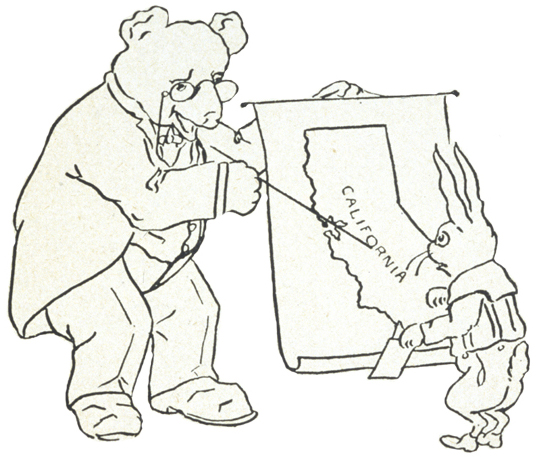CARD GAMES
Turn history events into playing cards using blank 3 x 5 file cards.
On a blank card, write a subject and year on one side then key facts – who, what, where and when – on the other. That’s a history playing card. Decorate it with state symbols – optionally.
History Concentration
- Place the cards on a table with their subjects facing up.
- Players win the cards by naming 1 key fact that matches the subject.
- When that becomes too easy, players name 2 key facts to win the card.
- Or play this game with key facts facing up and players naming the subject.
Add new cards each week.
Name It
- Players draw 3 history cards.
- Hold them so other players see only the subjects.
- Players take turns naming a key fact about the subject in another player’s hand to win that card.
Add new cards each week.
Do You Have?
- Players draw 3 history cards.
- Hold them so other players see only subjects.
Like in Go Fish, players take turns making pairs by matching their cards with cards other players are holding. One player might ask another if they have something that took place in San Francisco or a fire card or an inventor card. If so, they win that card and put the matched pair in front of them.
Add new cards each week.
Organizing the Pieces
Each history card like is like a piece in a giant puzzle called California History. It doesn’t mean much by itself. But if you have many pieces and organize them different ways, you will notice patterns.
Organize the cards by year, by place or by subject. What years are the busiest? Where do most events happen?
Add new cards each week.
MAP ACTIVITIES
Dot the Map
How to Draw California
Played like Pin the Tail on the Donkey but players dot the California map where each event happened. Google events to locate where they happened. That’s part of the game. If a lot of events occurred in one place, make that dot larger.
Add new dots each week.
Name that Dot
A 2-person game with at least 2 ways to play.
1. Each player takes a turn pointing to a dot then naming what happened there to win that dot. Then the other player points to a dot and names it. How many dots can 2 players win together?
2. One player points to a dot then the other player names it. Score extra points for naming the year, place and person involved or why it mattered.
Add new dots each week.
Dot Patterns
There are at least 2 ways to do this.
1. Color-code the dots by century. Make events from the 1500s red dots, events from the 1600s blue, etc. Why are certain color dots mainly along the coast? Where are most of the 1800s dots? What color has the most dots? Why? Why do some places get lots of dots and others get none?
2. Draw lines linking what happened week-by-week. You might trace Portola’s exploration of the coast. If you follow the Donner Party, you get stuck in one place for a long time.
Add new dots each week.
Drawing it Big
Draw a large scale outline map on the board or butcher paper then spend a week detailing it.
Building California
Construct a large scale map on the playground with a base material kids can make, decorate and then clean off at the end of the year. Different classes specialize in different content areas.

